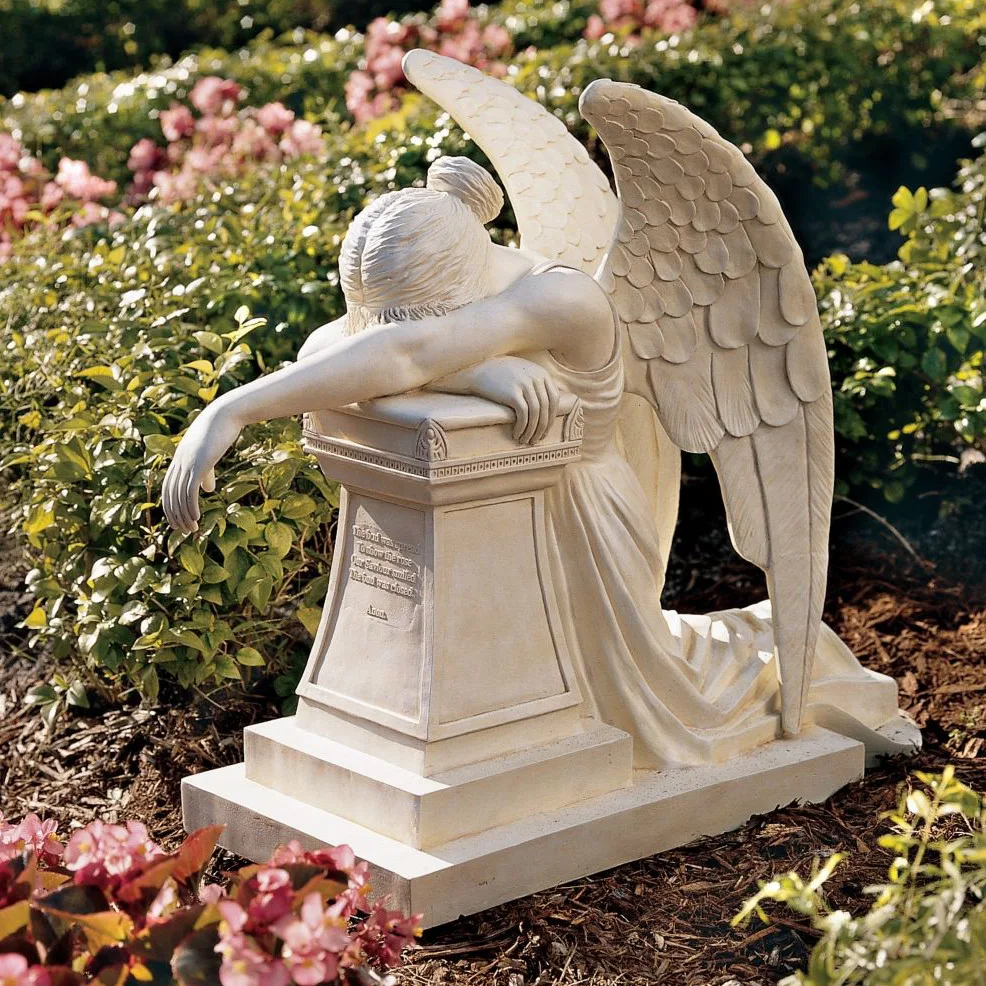Jacques Van den Abeele, Belgian sculptor, is exhibited in galleries spread over Belgium, France, The Netherlands, Switzerland and the United States of America.
He realized also monumental sculptures for state orders.
For Jacques Van den Abeele, art is above all a quest for the essential foundations of existence, moving towards what lies behind appearances: feelings, emotions, fears.

.jpg)
.jpg)


























.jpg)
.jpg)









